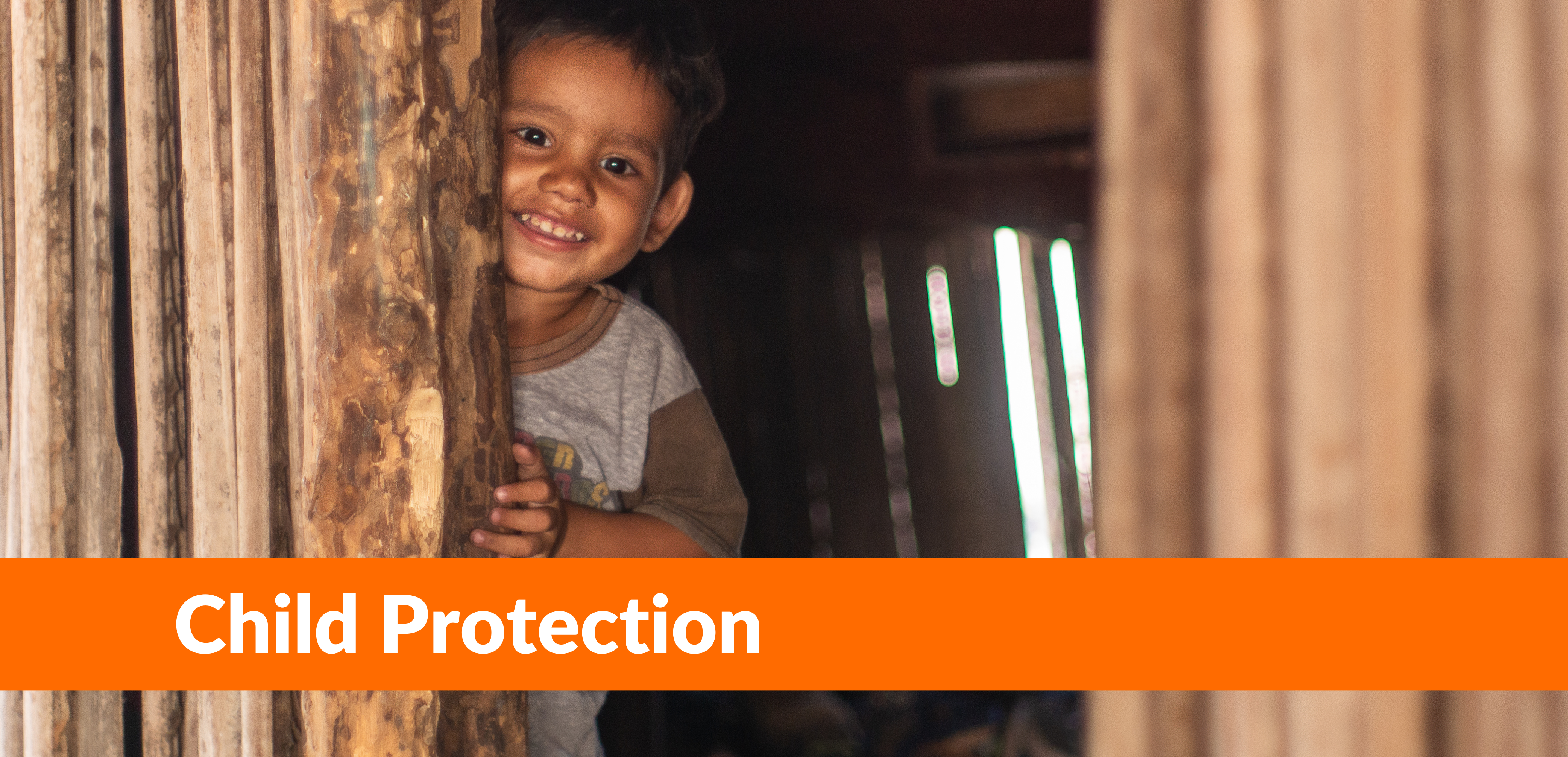Forcibly displaced children are paying the price for the international community’s failure to address the root causes of conflict, climate change, and hunger. They are some of humanity’s most vulnerable people and a litmus test of how our global society is faring. Every day children are born to families who have been forced to flee their homes and are enduring displacement, in difficult conditions and at heightened risk.
New and protracted conflicts, disasters, and extreme weather brought on by climate change, alongside the reverberating impacts of the pandemic and higher costs are driving the shocking rise in hunger and malnutrition seen in many parts of the world today.
This is the third year World Vision has surveyed forcibly displaced children and families about their experiences and situations. In the 18 countries where we spoke to children and families this year, data shows us that more forcibly displaced children are being taken out of school to work and households are skipping meals to make ends meet on account of the rising cost of living.
Faced with hunger and malnutrition, missing out on education might seem less significant, but depriving a child of learning opportunities has devastating long-term consequences on their security, mental health, and psychosocial development. Research indicates that for every year of school a child misses, their future income-earning potential reduces – a phenomenon which disproportionately affects girls and women. A weakened emerging workforce perpetuates a vicious circle of poverty for generations to come.
World Vision also knows from working in hunger-affected communities around the world that when children go to school hungry, they struggle to learn, which further contributes to school dropouts. In sectors such as child protection, we are only just now seeing a slight return to pre-pandemic conditions in terms of awareness and access to protection mechanisms. However, nutrition and household spending are experiencing unprecedented levels of deprivation and crisis. The consequences of this can be long-lasting, often driving children out of school and into work – and in extreme cases, this may lead parents to consider child marriage as a solution. Some children may even feel compelled to turn to armed forces or groups, or violent gangs in search of food, work, and protection, exposing them to devastating violence and harm, brutality, and trauma. The alarming trend observed in this year’s report paints a bleak picture: it is only getting more difficult for forcibly displaced children to access many of the tools they need to break the cycle of poverty and thrive.
Every child has an inalienable right to safety, water, food, shelter, and education. It is the cornerstone of our humanity and defines our ability to collectively aspire to a better future.





